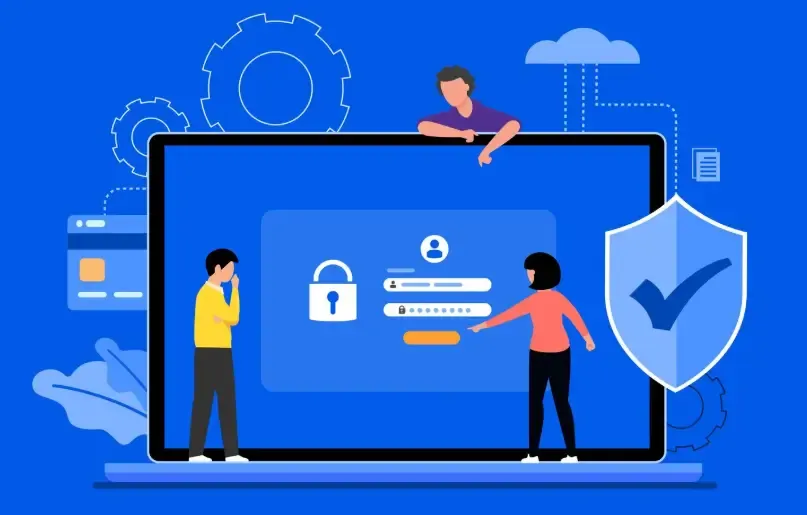Why Check WebGPU?
With the continuous advancement of technology, WebGPU is playing an increasingly important role. Whether it’s web graphics rendering or image processing, WebGPU is becoming essential. However, not all browsers or devices support WebGPU, which makes checking WebGPU availability especially important. This article will explain why you should test WebGPU, along with its real value and methods of detection.

The Role and Advantages of WebGPU
WebGPU is the next generation of WebGL. It not only provides more efficient graphics rendering but also allows web applications to directly access the GPU for computation. This means:
Cross-platform consistency: With WebGPU, developers can deliver experiences across different operating systems and devices that are closer to native applications.
Higher-performance web applications: WebGPU can fully leverage the parallel computing power of modern GPUs, making web games, 3D rendering, and data visualization smoother.
Richer feature experiences: Browsers that support WebGPU can handle more complex graphics and computing tasks, such as real-time lighting and shadow rendering, image filters, and physics simulations.
These advantages show that WebGPU is highly valuable for boosting web application performance and user experience.
Why Check WebGPU?
There are several reasons why checking WebGPU availability is necessary:
Ensure proper application functionality
If a user’s browser does not support WebGPU but a web application depends on it, the result may be loading failures, layout issues, or performance drops. Running a pre-check helps provide fallback solutions and prevents poor experiences.
Optimize performance and resource usage
For developers, knowing whether WebGPU is supported allows them to dynamically choose rendering strategies. Devices with WebGPU can use GPU acceleration, while unsupported devices can fall back to WebGL or other methods—balancing performance and compatibility.
Improve user experience and satisfaction
When users interact with browser-based games, online 3D tools, or visualization apps, adapting performance to device capability significantly enhances responsiveness and smoothness, increasing engagement and session length.
Conclusion
WebGPU represents the future of web graphics and computational technology. It can dramatically improve both performance and user experience. However, browser, operating system, and GPU support varies, making it critical to check WebGPU availability for both users and developers.
For users: it helps determine whether their device can deliver the best possible web experience.
For developers: it enables dynamic rendering strategies that balance performance and compatibility.
By using an online detection tool (such as the ToDetect Online Checker) or a simple browser script, you can quickly determine WebGPU support, optimize performance, improve user satisfaction, and ensure that modern web applications run smoothly.
 AD
AD

